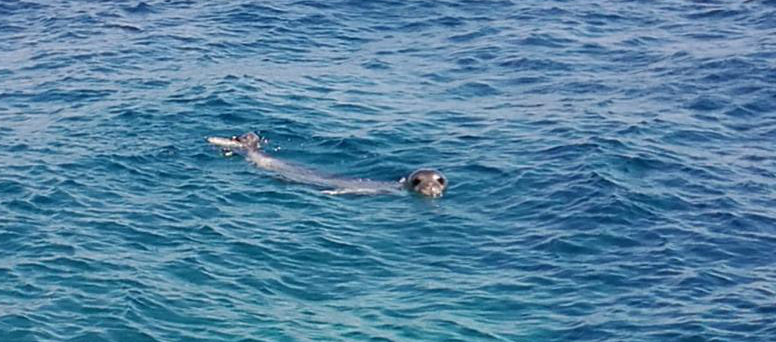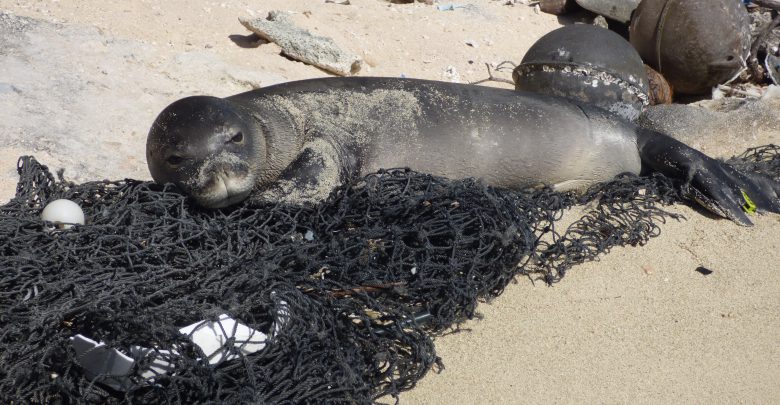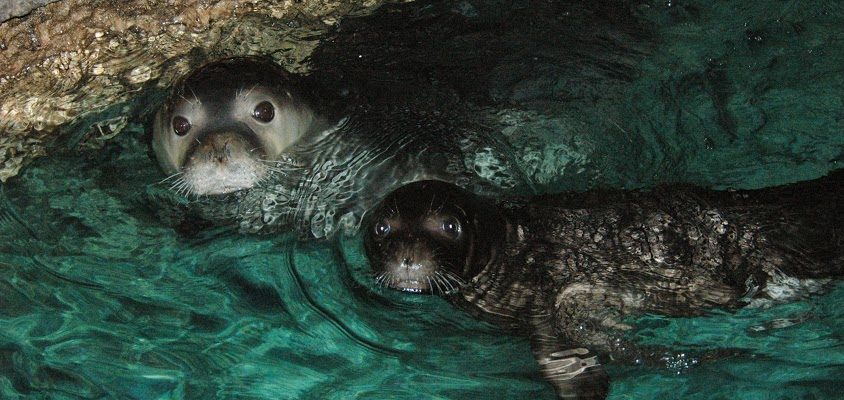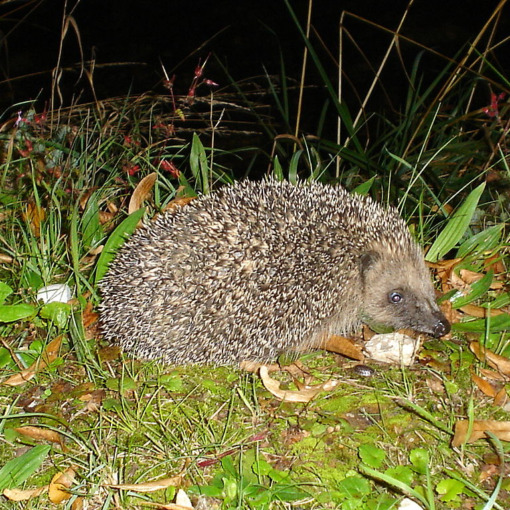
Never was a scientific name more appropriate for an animal at risk of extinction! The origin of this singular name probably derives from the combination of the colour of the male’s fur that recalls the habit of Benedictine monks. The monk seal (Monachus monachus) remains the most mysterious and solitary marine mammal in the Mediterranean.
Like other pinnipeds, it carries out part of its biological cycle in the terrestrial environment, a factor that clearly distinguishes it from other marine mammals such as cetaceans. The differences can also be seen in the adaptations of the organs of locomotion which, in order to lead an amphibious life, are adapted to both terrestrial life and swimming. In fact, even if both limbs are transformed into fins, only the rear ones are used only for swimming, while the front ones facilitate the Seal in moving around on land.
With the development of coastal tourism, its link with the terrestrial environment has proved to be a major disadvantage as the Seal is forced to give birth, in most cases a single cub, inside caves or more rarely on isolated beaches (Bundone 2016). The cub is nursed for up to 4 months in the environment in which it was born and the mother is forced to make frequent sea raids to feed, leaving the baby unattended. In any case, the Seal needs to stop on the ground as well as for the birth and nursing of the puppy also to rest and to shed the coat (IUCN 2021).

In recent years, the Monk seal has been returning to the northern areas of the Mediterranean from which it had been missing for decades. In particular, during the last two years, as further evidence of these movements, it has been spotted and photographed in Salento, along the coasts of southern Sardinia, in the Tuscan Archipelago, and off the Ligurian coast.
Reliable sources document that in the sixties and seventies in Sardinia there were now only 7 specimens of the Grotta del Fico in the Gulf of Orosei, as well as a dozen others scattered over the remaining 1800 km of coastline. With certainty, we can say that since the mid-eighties no Monk seal has inhabited the Sardinian coasts, either because of the collapse of the island population or because of poaching caused by the foolish belief that seals could damage fishing activities.
In Italy, it is considered extinct as the latest news of reproductive activity dates back to the 1980s along the central-eastern and western coasts of Sardinia (IUCN 2021). The numerous sightings and reports of single specimens recorded from the 1990s onwards have often been attributed to solitary and wandering specimens. It is known, in fact, that this species is able to travel up to 280 km (IUCN 2021).
The current population is estimated at about 5-600 individuals distributed in three areas where their presence and reproductive activity is known: the first area is located in the eastern Mediterranean on the coasts of Greece and Turkey; the second and third are located in the Atlantic on the islets of the Madeira archipelago and on the coasts of the Cabo Blanco Peninsula in Mauritania (Bundone 2016). Small populations are also present in Morocco, Algeria, Libya, Croatia, and Cyprus (ISPRA 2021).
There is no doubt that its main natural enemy in the Mediterranean is man since the attack by some sharks is quite rare (Colomo et al. 2008); in particular the interaction with fishermen, who traditionally have killed the seals for the damage caused to the nets and fish. Furthermore, seals can die accidentally by becoming entangled in nets (Bundone 2016). Not less harmful is the interaction with tourism that has jeopardized the survival of the Seal, due to the disturbance during the reproductive period that can cause abortions and the abandonment of puppies during breastfeeding. (Trainito 1999).

Nautical and seaside tourism is probably the reason that contributed, in addition to fishing, to the extinction of the Monk seal in the Gulf of Orosei, the last bastion of the seal in Sardinia. Here it was known as “Bue Marino” (Sea ox, from which the famous cave that takes its name) for its sound similar to a moo and therefore the cub was called “calf”.
Despite the numerous protection measures aimed at the species (Habitat Directive 92/43 / EEC, National Law 157/1992, Bern Convention, Washington Convention, Bonn Convention, Regional Laws in the territories concerned) there has always been a lack of real awareness-raising, especially towards fishermen and tour operators who continue to see the return of the Monk seal as a threat to their activities. Numerous sightings are often kept hidden for fear of retaliation against the Seal or for fear of the stop of tourist activities in the signaling areas.
The Monk seal still remains one of the species at greatest risk of extinction in the world and only through the awareness of the problems related to the species, both by the authorities that manage the territory and by local operators, will it be possible to really hope for a return. of the monk seal in our seas and the spontaneous recolonization of its habitat.
Bibliography
Bundone L.E.A. (2016) “Piano di valutazione e conservazione della Foca monaca Monachus monachus in aree a bassa densità nel Mediterraneo. Tesi di Dottorato di ricerca in Scienze Ambientali, Ciclo XXVII. Università di Venezia”.
Colomo S., Fozzi A., Magnone F., Trainito E. (2008) “La fauna della Sardegna. Mammiferi marini”. Vol. 12. Ed. Archivio Fotografico Sardo, Nuoro.
ISPRA (2021) Monachus monachus (Hermann, 1779). Accesso agosto 2021 (https://www.isprambiente.gov.it/it/banche-dati/atlante-delle-specie-marine-protette/animali/vertebrati/mammiferi/monachus-monachus-hermann-1779).
IUCN (2021) “Monachus monachus. Accesso agosto 2021″ (http://www.iucn.it/scheda.php?id=-1678273882).
Trainito E. “L’ambiente marino della Sardegna”. Vol. I. Collana Quaderni di Natura. Ed. Il Maestrale, Nuoro.
Credits
Author: Lina Podda. A naturalist, she is involved in research in the field of alien plants and cultivates a passion for marine biology by collaborating with the CEAS Marine Protected Area of Capo Carbonara.



